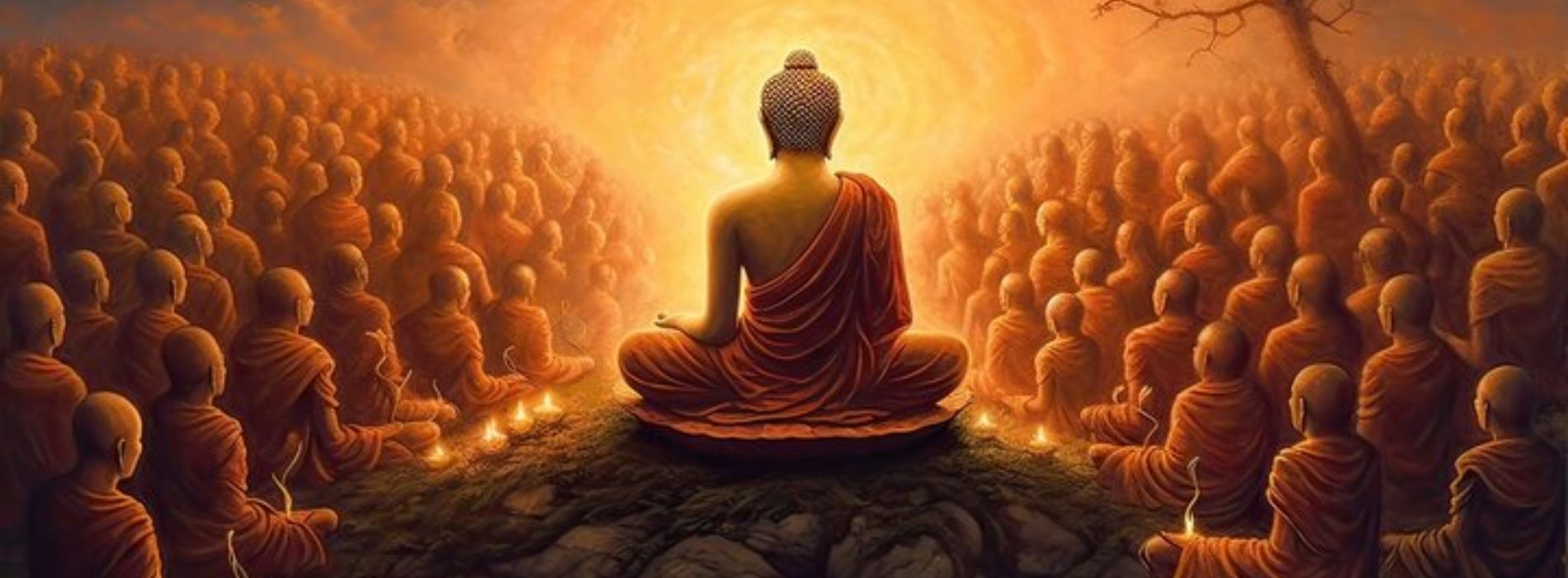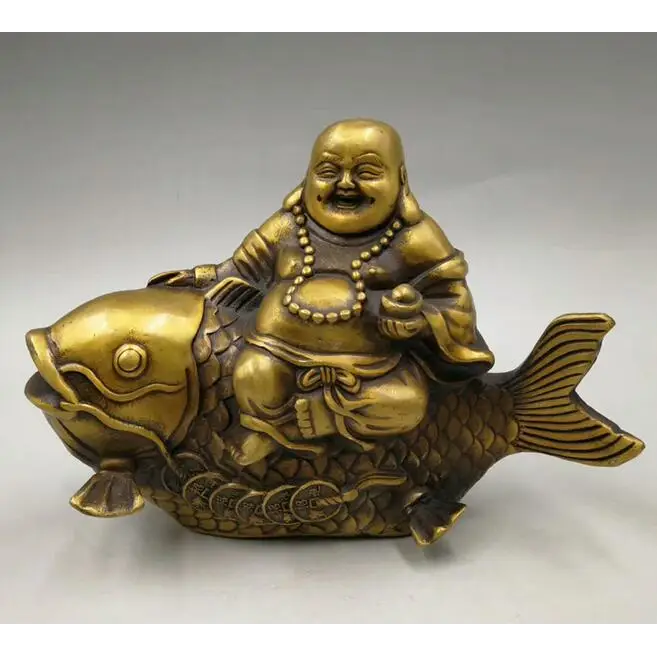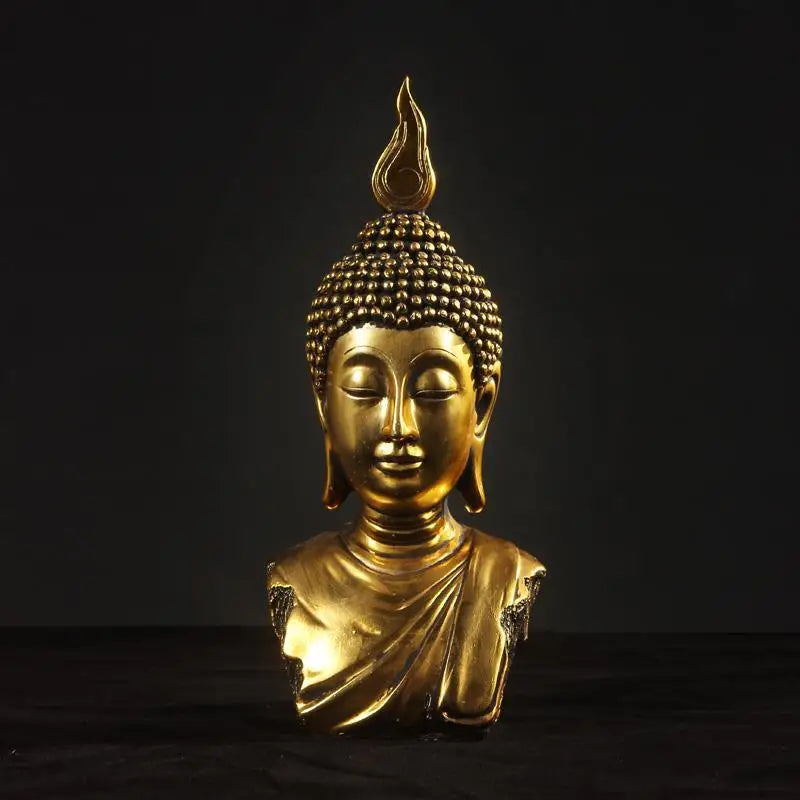Which Buddha to choose?
Which Buddha to choose?
The different types of Buddhas
There are a wide variety of Buddhas, each with their own characteristics and symbols. The Gautama Buddha, also known as the historical Buddha, is the most famous and represents enlightenment and wisdom. The Laughing Buddha, for its part, is often associated with luck and prosperity. There are also Buddhas representing specific qualities such as compassion, healing and protection.
In choosing a Buddha, it is important to consider their intention and the message or quality you wish to attract into your life. For example, if you are looking for more peace and quiet, you might choose a meditating Buddha. If you need protection, a protective Buddha might be more appropriate.
The Meditating Buddha
The meditating Buddha is often depicted in the lotus position, with his legs crossed and his hands raised in Schoomudra, the gesture of meditation. This type of Buddha is ideal if you are looking to expand your meditation practice or simply bring more calm and tranquility into your daily life.
Having a meditating Buddha in your space can remind you to take breaks to connect with your breath and mind, even during the most stressful times of the day.
By integrating this figure into your interior decoration, you create an environment conducive to meditation and spirituality.
The Laughing Buddha
The Laughing Buddha, also known as the Joyful Buddha, is depicted with a broad smile on his face and often with a purse in hand. This representation is associated with good fortune, joy and prosperity.
The Laughing Buddha is ideal if you are looking to attract positive energies, improve your mood or invite abundance into your life. Its presence can be particularly beneficial in work spaces or places where important decisions are made.
This type of Buddha is often used as a talisman to bring luck and positivity, so don't hesitate to add it to your home or workspace.
The symbolism of the Buddhas
Buddhas are laden with symbols that represent different qualities and teachings of Buddhism.
Gautama Buddha is often depicted in meditation, with one hand touching the earth. This position represents one's awakening and deep connection to the earth.
The Buddha of Compassion
Another popular type of Buddha is the Compassion Buddha, also known as the Mercy Buddha. This Buddha is often depicted with one hand raised in blessing and symbolizes infinite compassion and benevolence towards all living beings.
By integrating this figure into your space, you can cultivate more compassion and kindness toward yourself and others. This can be particularly useful if you want to develop harmonious relationships and contribute to a better world.
The Compassion Buddha is often used as a constant reminder of the value of love and compassion in our lives.
The Protective Buddha
The protective Buddha is represented with one hand raised, palm forward, to repel negative energies and protect from all harm. This type of Buddha is often placed near the entrance to a home or workplace to create a protective barrier.
By integrating a protective Buddha into your space, you can strengthen your sense of security and protect yourself from negative influences. It is a powerful representation of inner strength and spiritual protection.
This type of Buddha can also be used to bring serenity and peace of mind to sacred spaces such as altars or meditation chambers.
Choose the right Buddha for you
When choosing a Buddha, it is important to consider your own needs, intentions and what you wish to attract into your life.
Ask yourself the following questions:
What are my intentions?
Identify the qualities or energies you want to cultivate in your life. Whether it's inner peace, prosperity, or compassion, keep these intentions in mind when choosing your Buddha. This will help you connect more deeply with the figure and incorporate its teachings into your daily life.
For example, if you are looking for better concentration and a calm mind, a meditating Buddha may be right for you. If you want to develop your compassion and kindness, a Compassion Buddha will be more suitable. Listen to your intuition and choose the one that resonates most with you.
What is my personal connection?
What is my personal connection?
Every person has a unique connection with certain spiritual figures. It is important to listen to your intuition and choose the Buddha with whom you feel most in harmony.
Observe how you feel when you look at different depictions of Buddhas. Does it bring you a feeling of peace and serenity? Do you feel attracted to a particular Buddha? Listen to these intuitive signs to guide you towards the right choice.
There are no wrong choices when it comes to choosing a Buddha. Each figure brings its own energy and teachings, and the most important thing is to choose the one that resonates with you and your personal needs.
Summary
In choosing a Buddha, it is important to understand the different representations and associated symbols. Meditating Buddhas are ideal for meditation and finding inner calm, while laughing Buddhas can bring joy and prosperity into your life. Compassion and Protection Buddhas are also popular choices for cultivating love, kindness, and safety.
Choose a Buddha based on your personal intentions and connection with the figure. Listen to your intuition and select the one that resonates most with you. Remember that each Buddha brings his or her own teachings and energies, and the most important thing is to find the one who inspires you and guides you on your spiritual path.















































